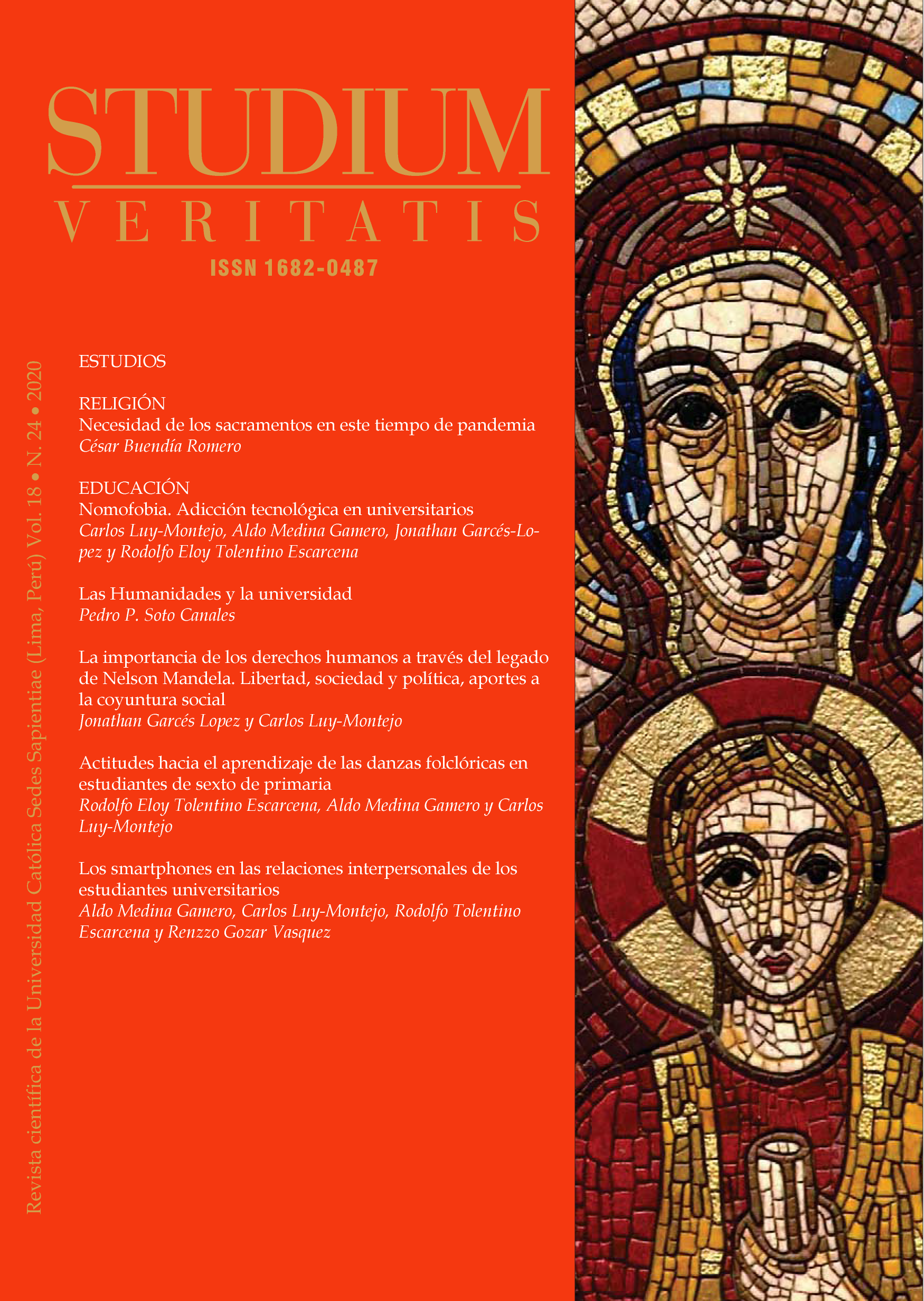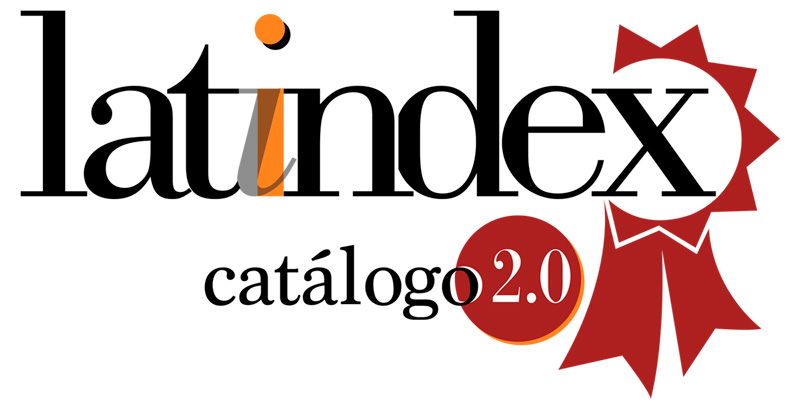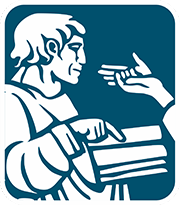Attitudes towards Learning Folk Dances in Sixth Elementary Students
DOI:
https://doi.org/10.35626/sv.24.2020.317Keywords:
Attitudes, education, dance, folklore, learningAbstract
The research work belongs to the field of social sciences, specifically to the approach of Peruvian folk dances, these as part of learning within the area of Art and Culture in Regular Basic Education. Therefore, the unit of analysis is made up of sixth grade students from a state educational institution in Pachacamac. The objective was to measure the characteristics of attitudes towards folk dance considering that this descriptive research can diagnose the levels of attitudes and constitute a first stage for other levels of research. The specific objectives were proposed for each dimension (cognitive, behavioral and affective) based on the theory of attitudes proposed by Morales (1999). Attitudes are internal states not directly observed. Therefore, it is necessary to find a mechanism to determine the orientation of the subject towards a certain fact. The sample was nonprobabilistic for convenience; since, the students were trained according to the scope that was had for access issues. The type of research is quantitative - transversal at the descriptive level. Data collection was carried out using a Likert-type scale called Scale of attitudes towards folk dances. It consists of four values “never”, “almost never”, “always” and “almost always”. For the validations, the validity was performed by expert judgment together with the Aiken V test; in addition to the reliability through the internal consistency coefficient of Cronbach”™s alpha. The study concludes that the students of a state educational institution in Pachacamac have, for the most part, a high level of attitudes towards folk dances.









